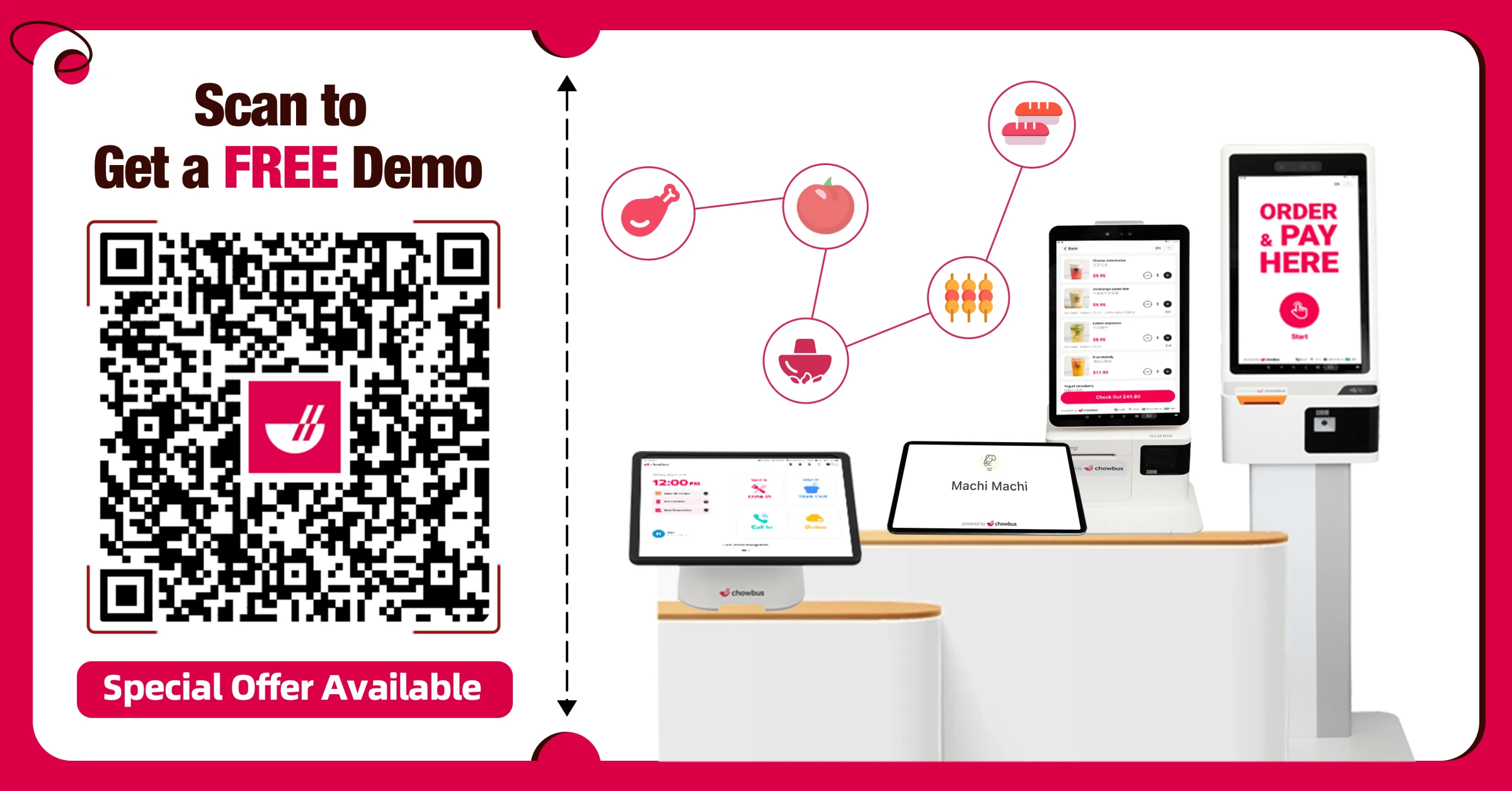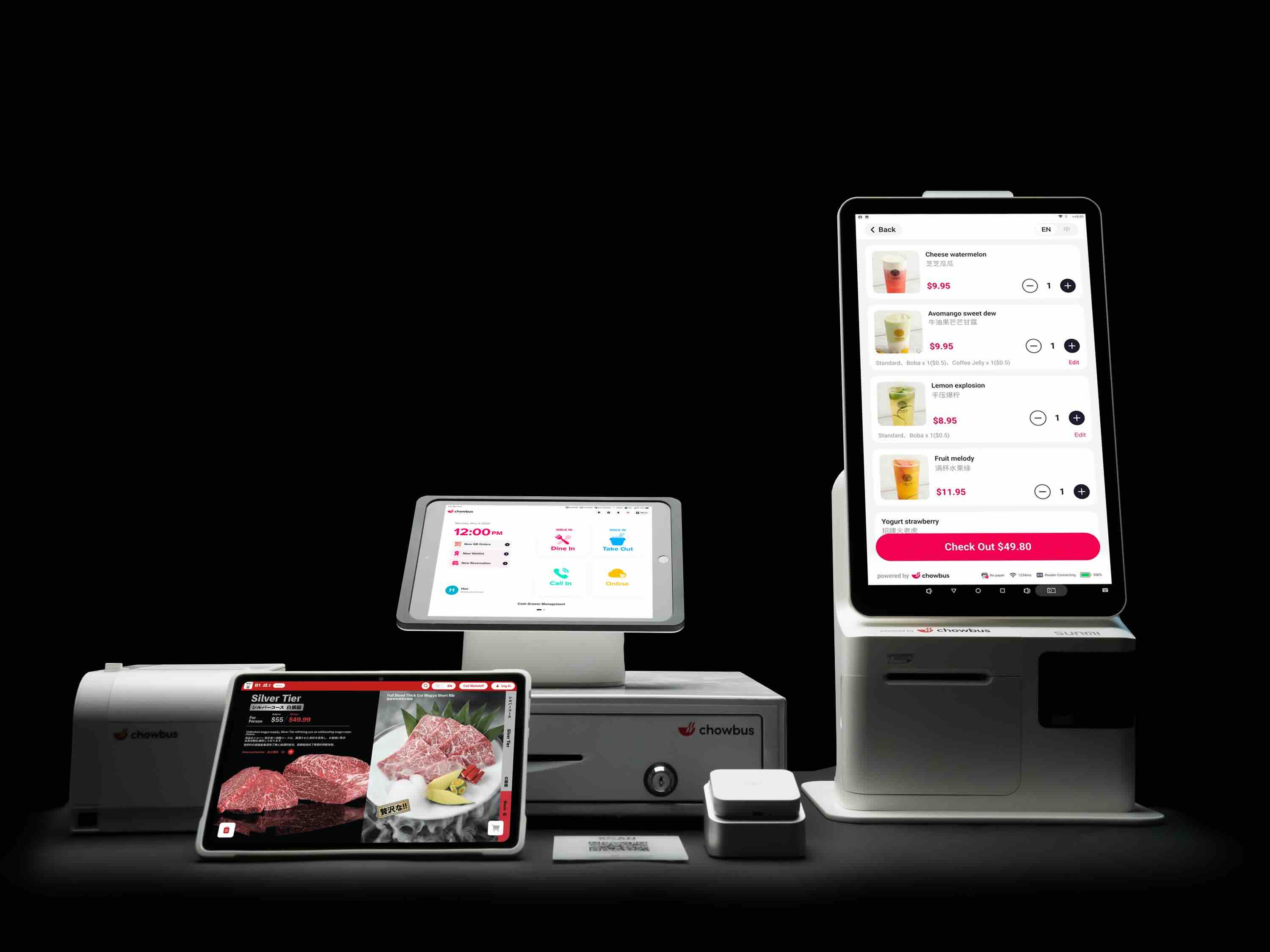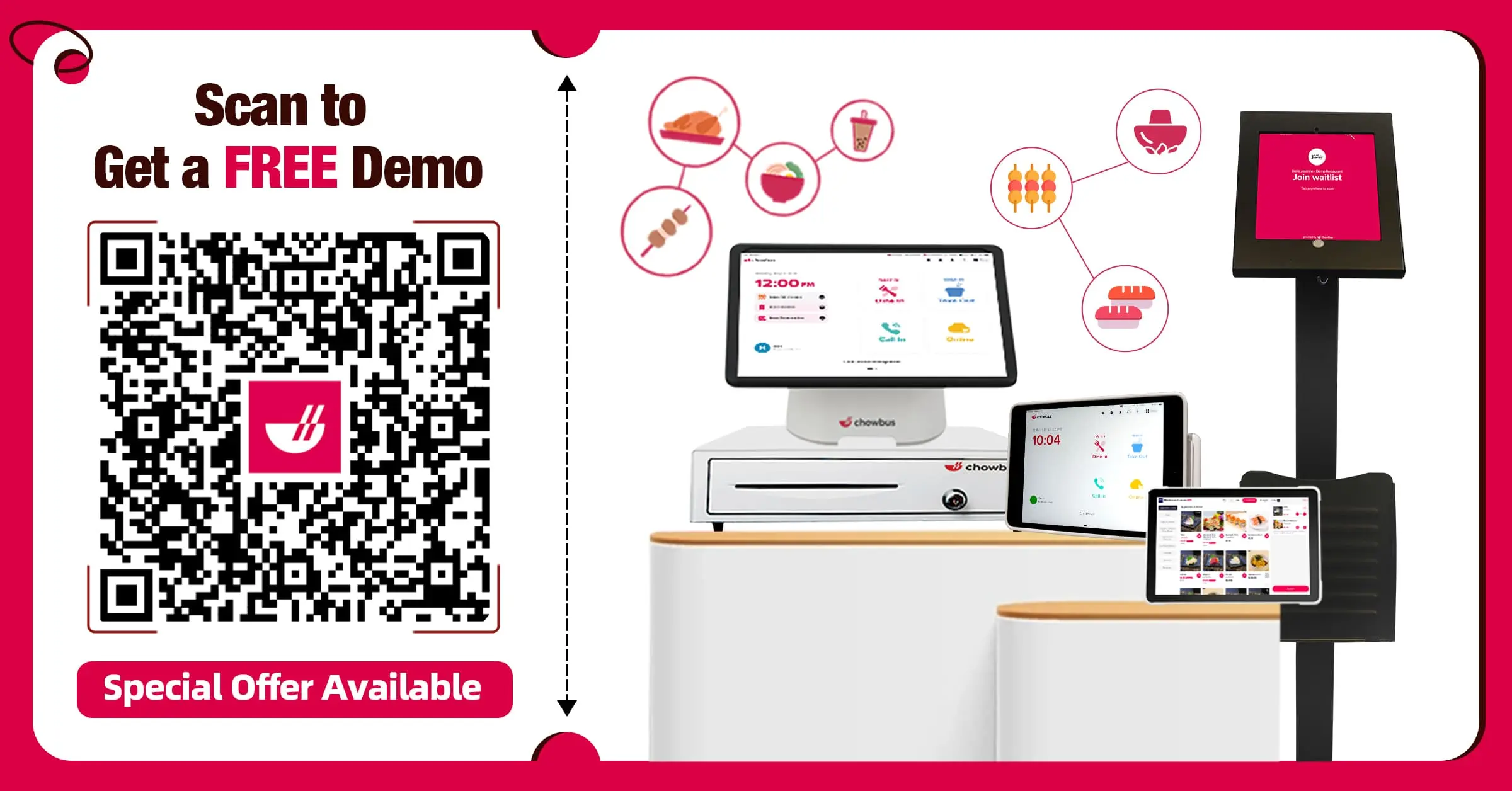What is Menu Engineering? Learn How to Do & Calculate It

Food costs are rising, and competition is fierce. Every dish on the menu should contribute to the bottom line, but some items sell well without making much profit, while others have high margins but go unnoticed. Menu engineering helps solve this problem by using data-driven strategies to highlight high-performing dishes, adjust pricing, and refine menu design.
A well-engineered menu doesn’t just improve revenue—it enhances the guest experience by making ordering decisions easier and more intuitive. This guide breaks down the menu engineering process, from analyzing sales data to optimizing layout and pricing. Small adjustments can lead to significant gains. Here’s how to make every item on the menu work harder for the business.
But first, let’s define menu engineering.

What is Menu Engineering?
Menu engineering is a method for making better pricing and design decisions based on data. It focuses on identifying which menu items bring in the most revenue and which ones need adjustments. Instead of guessing, this approach uses sales numbers and food costs to categorize dishes by popularity and profitability.
Some items sell well but don’t generate enough profit, while others have high margins but go unnoticed. Menu engineering helps fix that by restructuring the menu to highlight top-performing dishes, adjust pricing, and remove or modify underwhelming options. The goal is to create a balanced menu that attracts guests while increasing revenue.
This method also considers menu layout, descriptions, and placement to subtly guide customers toward ordering high-margin dishes. With regular updates, a well-engineered menu keeps costs under control and ensures the most profitable items get the attention they deserve.
How to Do Menu Engineering
A well-structured menu increases revenue by directing attention to high-profit dishes and eliminating low-performing items. Menu engineering follows a step-by-step process that blends sales analysis, pricing strategy, and design principles to optimize profitability.
1. Collect Sales Data
Start by tracking how many of each dish sells over a specific period. The best way to do this is through a point-of-sale system that provides real-time reports. Instead of relying on assumptions, use actual data to see which items perform well and which are under-ordered.
2. Identify Recipe Costs
Break down the cost of each dish by calculating ingredient expenses, including main components, seasonings, and garnishes. This step highlights which menu items bring the highest profit and which need adjustments. Knowing the exact cost per serving makes it easier to set prices that maintain strong margins.
3. Map Dishes by Profit and Popularity
After gathering sales and cost data, sort menu items into four categories based on how often they sell and how much they contribute to profits:
Stars: High popularity, high profit
Plow Horses: High popularity, lower profit
Puzzles: Low popularity, high profit
Dogs: Low popularity, low profit
This classification makes it easier to decide where to focus improvements.
4. Adjust Recipes or Pricing
Make small changes to maximize earnings without compromising quality. If a dish is popular but doesn’t generate much profit, consider:
Reducing portion size if plates often come back unfinished.
Swapping premium ingredients for cost-effective alternatives without affecting taste.
Raising the price slightly if it’s underpriced compared to similar menu items.
Bundling it with a profitable side or drink to increase total spend.
For dishes that sell well but don’t drive strong margins, even a minor change in ingredients or plating can lead to higher profitability.
5. Optimize Menu Layout
How a menu is designed influences ordering decisions. Strategic placement and subtle design choices make high-margin items stand out.
Golden Triangle Strategy:
Guests' eyes naturally focus on the center, top-right, and top-left of a menu. Position Stars and Puzzles in these areas to increase sales.
Design Tweaks to Increase Profitability:
Use boxes, borders, or bold text to highlight profitable dishes.
Remove dollar signs (e.g., "16" instead of "$16") to reduce price sensitivity.
Add sensory words like “slow-roasted,” “fire-grilled,” or “farm-fresh” to make dishes sound more appealing.
6. Train Staff to Upsell
Servers play a key role in guiding guests toward profitable items. When they understand which dishes drive revenue, they can make more strategic recommendations.
Effective Upselling Techniques
Use guest-friendly phrasing: Instead of “Would you like an appetizer?” try, “Our chef’s special truffle fries are a favorite—should I bring an order for the table?”
Encourage pairing: Suggest high-margin beverages or sides that complement entrees.
Offer incentives: Reward staff with small bonuses or recognition for upselling specific items.
Proper training helps increase check averages without making guests feel pressured.
7. Leverage Your POS System
Technology makes menu adjustments easier and more accurate.
Track Sales Trends: Identify shifts in popularity to adjust menu offerings accordingly.
Monitor Profitability: Analyze POS data to ensure pricing aligns with ingredient costs and market demand.
Update Menus Efficiently: Make pricing and item changes quickly without disruptions.
A well-integrated system simplifies menu engineering, allowing for smarter decisions based on real-time insights.
A refined menu boosts revenue, enhances the guest experience, and improves operational efficiency. Small changes, from better item placement to minor price adjustments, can lead to noticeable results.
How to Calculate Menu Engineering
Tracking profitability and popularity starts with accurate calculations. Breaking it down into key steps ensures that pricing decisions rely on data rather than assumptions. By analyzing cost per dish, profit margins, and sales volume, adjustments can be made to highlight high-performing dishes and improve underperforming ones.
1. Cost per Dish
Start by listing all ingredients in a dish and determining their individual costs. Bulk purchases should be broken down into portion sizes to get an exact number.
Example:
A Grilled Chicken Sandwich is priced at $14. The ingredient costs per serving are:
Chicken breast (6 oz): $3.00
Brioche bun: $1.00
Lettuce & tomato: $0.50
House-made aioli (1 oz): $0.75
Side of fries (4 oz): $1.25
Total cost per dish = $6.50
Now, subtract the total ingredient cost from the menu price:
$14 - $6.50 = $7.50 (profit per dish)
2. Profit Margin
To determine the profit margin, use the formula:
Profit Margin (%) = (Profit per Dish ÷ Menu Price) × 100
For the Grilled Chicken Sandwich:
($7.50 ÷ $14) × 100 = 53.6%
A higher percentage means more profit per sale. If this number is too low, adjustments like portion control or slight price increases can improve it.
3. Sales Volume
Profit margins alone don’t tell the full story. A dish with a high margin but low sales may not contribute much to overall revenue. Tracking how often each dish sells provides a clearer picture.
Example:
Over a month, the restaurant sells:
Grilled Chicken Sandwich – 300 orders
Lobster Risotto – 50 orders
Caesar Salad – 400 orders
BBQ Ribs - 75 orders
By combining profit margin with sales volume, patterns become clearer. The Grilled Chicken Sandwich is performing well, while the Lobster Risotto, despite a high margin, isn’t selling. A pricing adjustment or better menu placement may help improve its performance.
4. Categorize Dishes
Once profitability and sales data are in place, group dishes into four categories:

Applying These Insights
Stars (high profit, high popularity): Keep them consistent and make them stand out on the menu.
Plow Horses (low profit, high popularity): Increase efficiency by slightly reducing portion sizes or increasing price.
Puzzles (high profit, low popularity): Highlight them in menu descriptions, promote through specials, or rename them to make them more appealing.
Dogs (low profit, low popularity): Consider removing them or revamping the recipe to improve profitability.
Regularly reviewing these numbers helps maintain a balanced menu that attracts guests while maximizing revenue.

Here is a visual representation of the menu engineering matrix. It categorizes sample dishes based on their profit margin and sales volume:
⭐ Stars (High Profit, High Sales): Grilled Chicken Sandwich
🐎 Plow Horses (Low Profit, High Sales): Caesar Salad
🧩 Puzzles (High Profit, Low Sales): Lobster Risotto
🐶 Dogs (Low Profit, Low Sales): BBQ Ribs
This matrix helps determine which menu items should be featured, adjusted, promoted, or removed. Regularly reviewing this data keeps the menu balanced for profitability and efficiency.
4 Menu Engineering Mistakes to Avoid
While menu engineering can significantly boost your restaurant's profitability and efficiency, several common pitfalls could hinder your success. Here’s how to sidestep these errors and ensure your menu remains a powerful tool for business growth.
1. Ignoring Seasonality
It’s vital to update your menu quarterly or seasonally to reflect changes in ingredient availability and costs. Seasonal updates allow you to take advantage of lower prices on abundant ingredients and offer fresh, appealing dishes that attract customers. This practice not only reduces costs but also keeps your menu exciting and relevant, encouraging repeat visits.
2. Prioritizing Profit Over Popularity
While it's tempting to cut less profitable items that sell well, consider adjusting them instead of removing them. For example, if a popular but low-margin dish, like a "Plow Horse," is a menu staple, think about reducing portion sizes or substituting a costly ingredient to maintain its appeal while increasing its profitability. This way, you preserve customer favorites and ensure they contribute positively to your bottom line.
3. Overcomplicating Data
Focus on the essentials: food cost, sales volume, and profit margin. While it's useful to gather comprehensive data, overloading on metrics can complicate decision-making. Streamline your analysis to these key indicators to make informed, effective decisions quickly. This approach helps maintain clarity and prevents the paralysis that can come from excessive data scrutiny.
4. Overcrowding the Menu
A cluttered menu can overwhelm your guests and complicate inventory management. Regularly review your offerings and trim dishes that consistently underperform. This not only speeds up the ordering process for customers but also reduces kitchen waste and simplifies preparation, making your operation more efficient and focused on high-impact items that truly satisfy your diners.
By avoiding these common menu engineering mistakes, you can better optimize your menu for profitability while enhancing the dining experience for your customers. Keep your menu streamlined, seasonally adjusted, and focused on balancing popularity with profitability to drive your restaurant’s success.
Conclusion
Menu engineering blends data-driven decisions with thoughtful adjustments to recipes, prices, and design. By tracking sales, calculating the actual costs of each dish, and focusing on items that yield the best results, you gain greater control over profitability and guest satisfaction.
Optimizing your menu starts with the right technology. Chowbus Restaurant POS System helps simplify menu engineering by providing real-time reporting, menu customization, and automated insights.
Make menu updates from any terminal, anytime.
Easily manage menu availability for dine-in, takeout, and delivery.
Access sales analytics to track profitability and adjust pricing with confidence.
Generate detailed reports on sales trends, payment types, and average order size.
Ready to make data-driven menu decisions that increase revenue? Book a free demo today and see how Chowbus POS can help.

Frequently Asked Questions About Menu Engineering
Explore the most common questions about menu engineering to ensure your business maximizes profitability and enhances customer satisfaction. Here, you'll find essential insights into optimizing your menu through strategic design and analysis.
What are the 3 Elements of Menu Engineering?
The three key elements of menu engineering are food cost, demand, and menu design.
Food Cost – Calculate the cost of each dish to determine profitability.
Demand – Analyze sales data to identify popular and underperforming items.
Menu Design – Strategically place high-profit, high-demand items to boost sales.
Balancing these factors helps maximize revenue and improve customer experience.
What are the Four Menu Engineering Categories?
The four menu engineering categories are:
Stars
Plowhorses
Puzzles
Dogs
This method helps restaurants optimize menu performance and maximize profits.
What are the Four Quadrants of Menu Engineering?
The four quadrants of menu engineering classify menu items based on profitability and popularity:
Stars – High profitability & high popularity. Keep and promote these items.
Plowhorses – Low profitability & high popularity. Adjust pricing or portion sizes to improve margins.
Puzzles – High profitability & low popularity. Use marketing strategies to boost sales.
Dogs – Low profitability & low popularity. Consider removing or reinventing these items.
Understanding these quadrants helps optimize menu performance and maximize revenue.
What is the Primary Goal of Menu Engineering?
The primary goal of menu engineering is to maximize a restaurant's profitability by strategically designing the menu. It involves analyzing sales data and food costs to highlight high-margin items, encourage customer purchases, and optimize pricing for increased revenue.
How Does Menu Engineering Work?
Menu engineering analyzes a restaurant's menu to maximize profitability and influence customer choices. It categorizes items based on popularity and profitability—typically as Stars (high profit, high popularity), Plowhorses (low profit, high popularity), Puzzles (high profit, low popularity), and Dogs (low profit, low popularity). Restaurants then adjust pricing, design, and placement to highlight profitable items, encourage upsells, and optimize overall sales.
For more tips, tricks, and updates on boosting restaurant profitability, check out our other blog posts and stay informed on the latest industry insights.

DISCLAIMER: The information provided in this guide is for general informational and educational purposes only. While menu engineering strategies can help improve profitability and efficiency, results may vary based on individual restaurant operations, market conditions, and customer preferences. It is recommended to analyze your specific data and consult with industry professionals before making significant menu changes.
Recommended Articles: